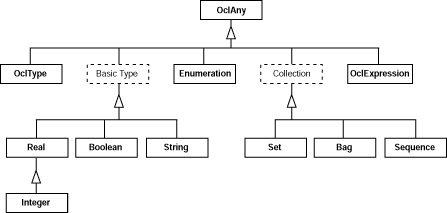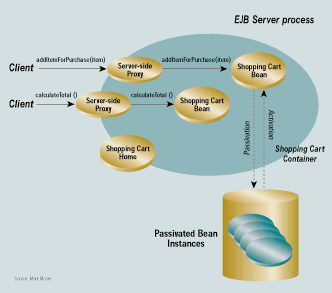
A trustworthy, reusable component will clearly advertise the set of services it provides in its interface. More information can be gained about how to use a service by examining an operation's signature and accompanying comments. However, is this all the information necessary to fully understand how to use a component? For example, rummaging around in the implementation to discover whether or not a Video Rental Abstract Data Type (ADT) allows customers to rent more than 10 videos defeats the purpose of an interface. Design by Contract (DBC) promotes techniques for strengthening the semantics of classes and their properties right from their inception.
When it comes to new tools for data warehousing, the dynamism of Web commerce has become as much a problem as a solution. Here's how to succeed in the quest to unlock the value hidden deep inside this new clickstream of data.
Embedded systems have proliferated so much that embedded microprocessors now account for 94% of the world microprocessor market—with PCs representing only 6% of that market.
Without some sort of configuration management tool in place, companies may be skating on thin ice.

When using the OPEN approach to system development, we start with the metamodel—known as the M2 level in the terminology of the Object Management Group. The metamodel presents the entities we can instantiate into our process, a process usually described at the organizational level. The instances we create may be our own, or may be selected from a predefined set: Activities and Tasks for OPEN are defined in "The Open Process Specification," while predefined Techniques are outlined in "The OPEN Toolbox of Techniques." These predefined Activities can be thought of as belonging to a process component repository.

Container-managed components have risen from the primordial stew of distributed objects to spawn the next evolution in the enterprise software technology chain, Enterprise JavaBeans.